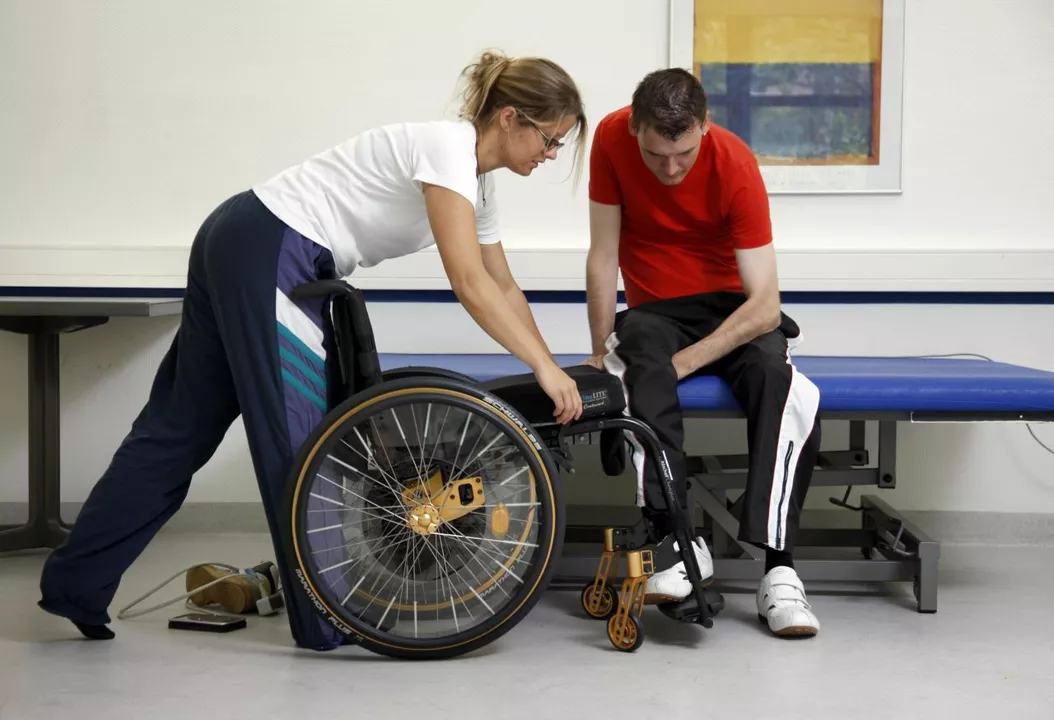Understanding Leprosy: A Brief Overview
Leprosy is a chronic infectious disease caused by the bacteria Mycobacterium leprae. It primarily affects the skin, nerves, and the mucous membranes of the respiratory tract. Leprosy has been around for centuries and has even been mentioned in ancient texts from various civilizations. Despite being a curable disease today, it continues to cause disabilities and social stigma for millions of people around the world.
For a long time, leprosy was thought to be a hereditary condition or a divine punishment. However, scientific advancements have helped us understand the true nature of the disease and how it spreads. Leprosy is transmitted through respiratory droplets, usually from untreated patients, and it has a long incubation period, which can last for several years. Early detection and treatment are crucial for preventing complications and disabilities associated with this disease.
How Leprosy Causes Disabilities
The primary reason behind the disabilities caused by leprosy is the damage it does to the peripheral nerves. When the bacteria infect the nerves, it leads to inflammation, which in turn causes a loss of sensation and muscle function. This is particularly problematic because it makes the affected person more susceptible to injuries, as they cannot feel pain, heat, or cold. In addition, the loss of muscle function can lead to problems like foot drop, claw hand deformity, and facial paralysis.
Another factor contributing to the disabilities caused by leprosy is the body's immune response to the infection. In some cases, the immune system overreacts, causing further damage to the nerves and tissues. This is known as a leprosy reaction, and it can lead to severe inflammation, pain, and even disability if not treated promptly.
Prevention of Disabilities in Leprosy Patients
Preventing disabilities in leprosy patients begins with early detection and treatment. The World Health Organization (WHO) encourages a multidrug therapy (MDT) approach, which is highly effective in curing the disease and preventing further complications. The key is to ensure that patients are diagnosed and treated as early as possible, to minimize the risk of nerve damage and the resulting disabilities.
Another crucial aspect of preventing disabilities in leprosy patients is self-care. Patients need to learn how to take care of their affected limbs and protect them from injuries. This includes regular inspection of the limbs, proper hygiene, and the use of appropriate footwear to prevent ulcers and infections. Furthermore, physical therapy and exercises can help maintain and improve muscle strength and function, which is essential for preventing disabilities.
Rehabilitation of Leprosy-Affected Individuals
Rehabilitation plays a vital role in the lives of leprosy-affected individuals, as it helps them regain their independence and improve their quality of life. The process of rehabilitation begins with addressing the physical disabilities caused by the disease. This can involve the use of assistive devices, such as orthotic braces, to support weakened limbs and improve mobility. In some cases, reconstructive surgery may be necessary to correct deformities and restore function.
Alongside addressing the physical disabilities, it is equally important to address the psychological and social aspects of rehabilitation. This includes providing counseling and support to help individuals come to terms with their condition, as well as promoting community-based rehabilitation programs that encourage social integration and the development of skills that can help them lead productive lives.
Addressing the Stigma Surrounding Leprosy
One of the most significant challenges faced by leprosy-affected individuals is the stigma and discrimination that still persist in many societies. This can lead to social exclusion, loss of employment opportunities, and even the breakdown of family relationships. It is crucial to raise awareness about leprosy and its curable nature, to dispel misconceptions and promote a more inclusive society.
Efforts to combat stigma can include community education programs, media campaigns, and the involvement of religious and community leaders in spreading accurate information about leprosy. Additionally, empowering leprosy-affected individuals through education, skill development, and advocacy can help them challenge the stigma and discrimination they face.
Working Towards a Leprosy-Free World
While great strides have been made in the fight against leprosy, there is still much work to be done. Continued efforts to improve early detection, treatment, and access to healthcare services are essential for preventing disabilities and improving the lives of leprosy-affected individuals. Moreover, addressing the social and psychological aspects of the disease through rehabilitation, community integration, and stigma reduction is crucial for achieving a leprosy-free world.
In conclusion, understanding the connection between leprosy and disability is essential for shaping prevention and rehabilitation strategies that can help reduce the burden of this disease. As we continue to work towards a world free of leprosy, it is vital that we do not leave behind those who have been affected by this debilitating condition and that we strive to create a more inclusive and compassionate society for all.


Ellen Laird
One must acknowledge the historical gravitas surrounding leprosy, yet contemporary discourse frequently neglects the nuanced interplay between pathophysiology and sociocultural stigma. The omission of rigorous neurooathic evaluation, regrettably, perpetuates a myopic view of disability.